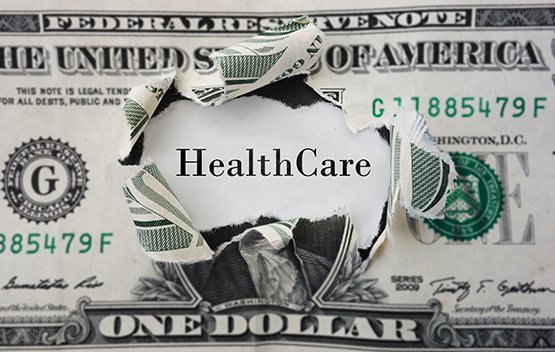
U.S. Healthcare Challenges and Opportunities in 2023
2023 U.S. Healthcare Projections (Part 1) We have witnessed an unprecedented three (3) years in healthcare directly attributable to the COVID-19 pandemic. The U.S. healthcare system is adjusting to get back to normal, which begs us to ask exactly what is “normal” now? We are in the middle of the largest work force shifts as one of the most productive generations are ‘aging out’ and beginning to collectively increase their consumption of healthcare. These Baby-Boomers that have collectively been the innovators, entrepreneurs, and driving force of economic growth began in […]
READ MORE






